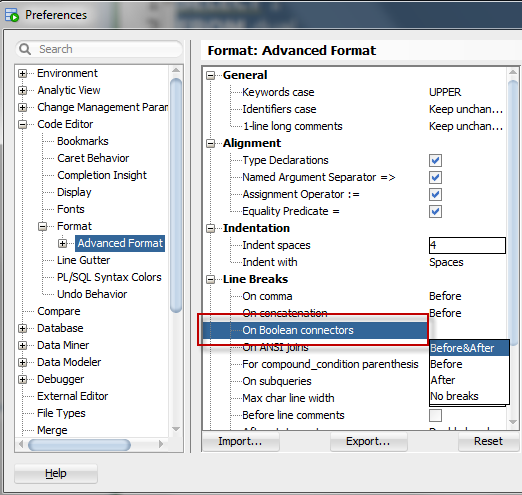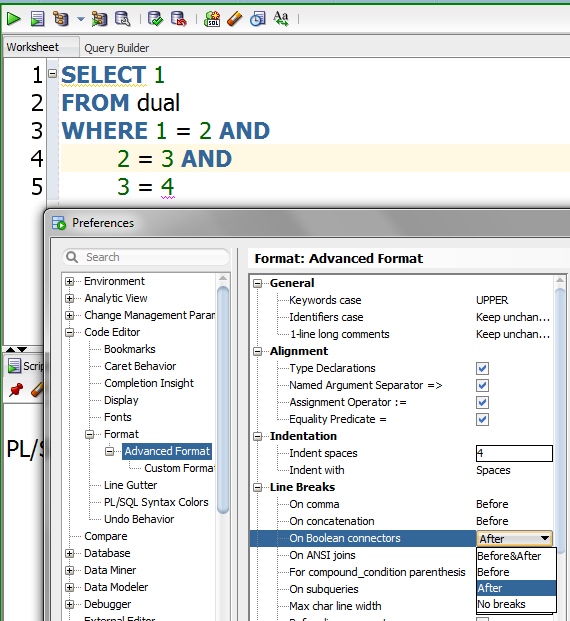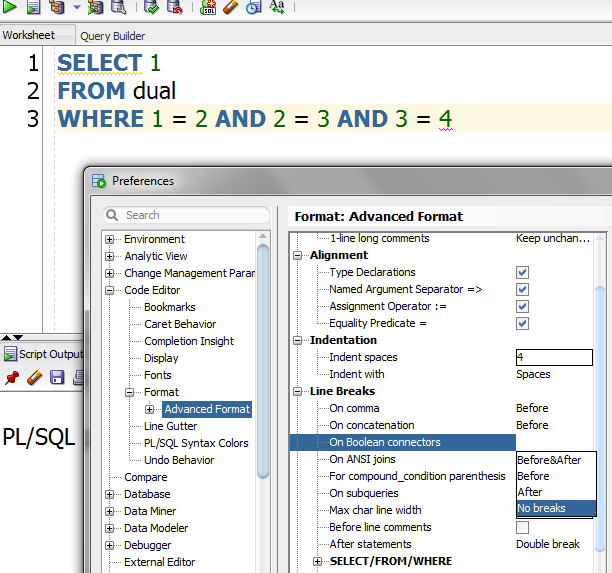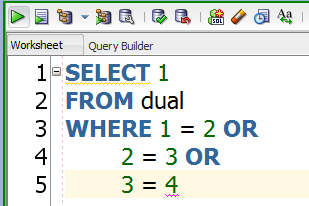![]()
Notre vie est de
plus en plus interconnectée avec nos appareils. Alors que les machines sont de
plus en plus intelligentes, l'Internet of Things est appeléàêtre la prochaine
grande tendance. On voit naître une nouvelle réalité informatique basée sur des
architectures et plateformes technologiques qui contribuent au progrès d'un
monde interconnecté. Désormais, le digital n'est plus une fonction à
part : c'est une condition sine qua
non pour ne pas se laisser distancer. Et c'est vrai pour vous, en tant que
partenaire Oracle, comme pour vos clients.
La révolution
digitale métamorphose les différents secteurs. Alors que le prix des
technologies de pointe baisse, on assiste à une véritable révolution de
l'entreprise et de la société. La transformation digitale gagne tous les
secteurs ; les réponses et les rythmes d'adaptation sont divers.
Une fois ce
processus terminé, tous les secteurs en seront au même stade et pourront :
·Comprendre et
interagir de manière digitale avec la clientèle
·Opérer leurs
activités sur la base d'informations en temps réel
·Continuer à
améliorer les tâches des différents postes en augmentant le niveau
d'automatisation
Pour répondre à
cette transformation inévitable, bon nombre d'entreprises créent des rôles axés
sur le digital ou ajoutent une composante digitale à des rôles préexistants. La
liste des fonctions et rôles « digitaux » au sein des entreprises est
déjà longue et ne cesse de s'agrandir. En voici quelques exemples :
·Stratèges
digitaux
·Directeurs du
service digital
·Responsables de
l'engagement digital
·Responsables de
la finance digitale
·Responsables du
marketing digital
·Responsables de
la chaîne d'approvisionnement digitale
Ces postes sont
parfois difficiles à pourvoir, tant le paysage des compétences est encore
lacunaire. Des études récentes prédisent que certaines de ces lacunes
pourraient être comblées par la robotique et l'apprentissage automatique. Les
compétences dans les disciplines STIM (science, technologies, ingénierie et
mathématiques) sont souvent en ligne de mire. Néanmoins, il manque aux robots
deux qualités indispensables pour beaucoup de rôles du marché du travail :
la créativité et l'empathie. Les emplois dans les TIC feront face à une grande
croissance dans l'analyse des données et le développement de logiciels et
d'applications.
Cette évolution
aura à son tour un impact sur un grand nombre de secteurs, y compris celui des
services et investissements financiers, des médias, du divertissement, de
l'information, de la mobilité et des services professionnels pour lesquels la
puissance de calcul et les analyses big-data constituent d'importants moteurs
de croissance.
En revanche, les
postes de bureau et d'administration ainsi que ceux du service clientèle sont
appelés à se raréfier sur le marché du travail.
![]()
Comment se préparer à la
digitalisation ?
Les développeurs
et programmeurs continuent àêtre les principaux acteurs du monde de
l'informatique. Parmi les responsables du recrutement, on cite avant tous les
compétences en programmation et en développement d'applications comme les
aptitudes clés qui seront recherchées dans un avenir proche.
Internet étant
l'outil privilégié qu'utilisent les entreprises pour mettre en relation leurs
employés, clients et partenaires, il n'est pas surprenant que les postes ayant
trait au développement Web fassent partie des grands gagnants au sein deséquipes IT. Les développeurs Web compétents continuent àêtre plébiscités alors
que les entreprises ajoutent les réseaux sociaux et les plateformes mobiles à
leur portefeuille.
Les employeurs
attendent des analystes de bases de données qu'ils aient une large palette de
compétences. La modélisation de données et la conception de bases de données
arrivent en tête de liste, tout comme la capacitéà garantir la performance des
bases de données et l'intégrité des données. Tandis que certaines compétences
disparaissent de la scène, les aptitudes techniques resteront très demandées
dans les années à venir, et ce, dans tous les secteurs.
Selon les experts
en gestion de carrière, c'est le meilleur moment pour les professionnels
d'acquérir les compétences dont ils ont besoin pour rendre leur profil plus
attrayant. En tant que partenaire Oracle, vous pouvez suivre des formations
proposées par Oracle University dans un environnement live, virtuel et digital.
Grâce aux solutions de formation telles que la formation à la demande, les
classes virtuelles live et les abonnements Oracle Learning Subscriptions, il
est facile de s'approprier les compétences les plus recherchées. Découvrez les
certifications Oracle les plus demandées pour faire votre choix ! Vous
pourrez ainsi créer une base solide pour réussir dans votre processus de
digitalisation.
Pour en savoir
plus sur les qualifications et certifications Oracle, consultez la page education.oracle.com.
Source : Deloitte, Forum économique mondial
 Blog
Blog Twitter
Twitter LinkedIn
LinkedIn![image[7][2][2][2] image[7][2][2][2]](http://soacommunity.files.wordpress.com/2013/04/image7222.png?w=20&h=20&h=20) Facebook
Facebook![clip_image002[8][4][2][2][2] clip_image002[8][4][2][2][2]](http://soacommunity.files.wordpress.com/2013/04/clip_image00284222.jpg?w=26&h=23&h=23) Wiki
Wiki




























